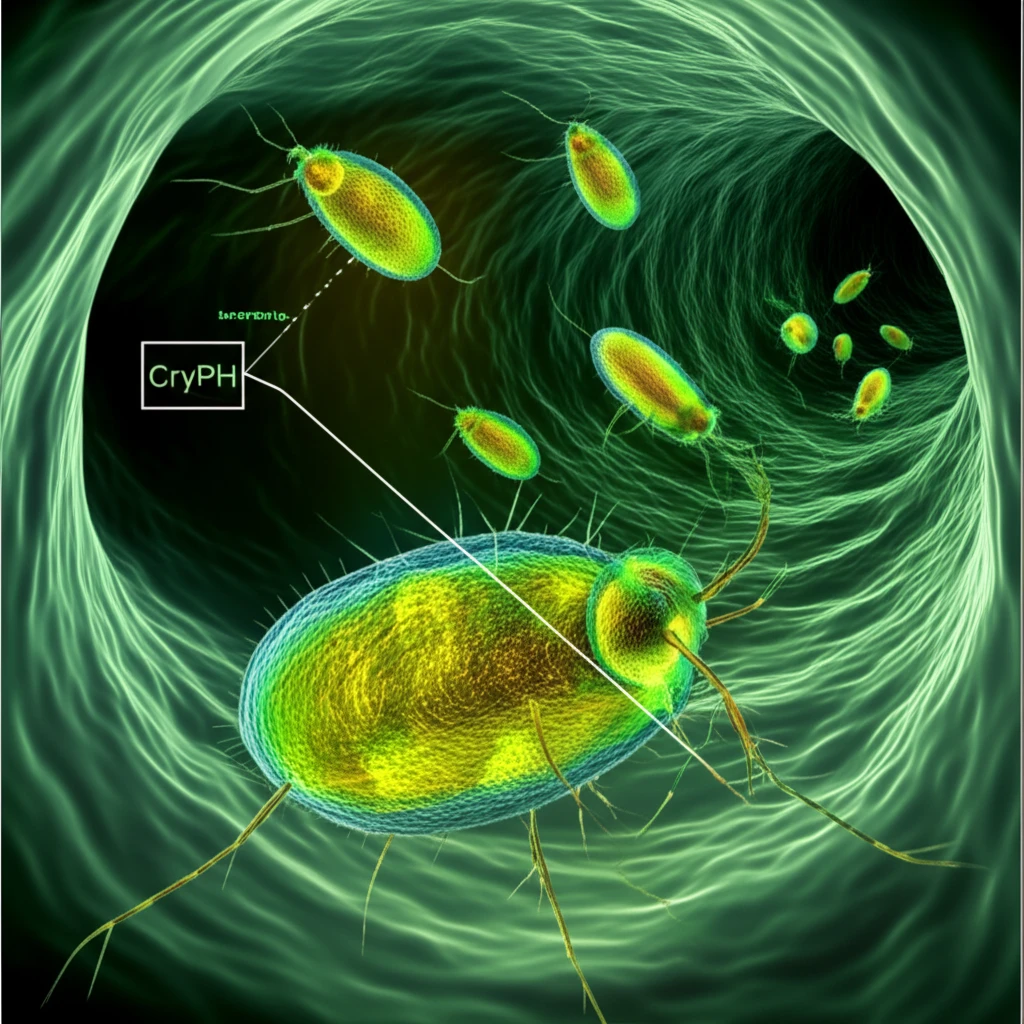
Malaria Breakthrough: Scientists Identify Key Protein in Parasite Development
"New research unveils a protein crucial for the formation of crystalloid bodies in Plasmodium, offering potential targets for future malaria control strategies."
Malaria remains a global health challenge, with efforts to control and eradicate the disease heavily reliant on reducing parasite transmission by mosquito vectors. The malaria parasite, Plasmodium, undergoes a complex lifecycle, including a crucial stage within the mosquito's midgut. During this stage, sexual-stage parasites fertilize and develop into motile ookinetes, which must traverse the midgut epithelial cells to establish infection.
The ookinete stage presents a promising target for transmission-blocking vaccines, aiming to disrupt the parasite's lifecycle within the mosquito. However, the molecular mechanisms governing ookinete formation and their invasion of epithelial cells are not fully understood. One unique structure found within the ookinete cytoplasm is the crystalloid body, whose biological functions have remained elusive until now.
In a recent breakthrough, researchers have identified and characterized a novel protein, named CryPH (crystalloid body specific PH domain-containing protein), which localizes to the crystalloid bodies of Plasmodium ookinetes. This discovery sheds light on the composition and potential function of these enigmatic structures and opens new avenues for developing targeted malaria control strategies.
What is CryPH and How Was It Discovered?

CryPH is a newly identified protein found in Plasmodium parasites, specifically in the sexual stages that develop within mosquitoes. Researchers at Ehime University in Japan, along with collaborators from Thailand and other institutions, discovered CryPH while screening for novel secreted or membrane proteins expressed during the sexual stages of the parasite's lifecycle. The team used a combination of microarray data, bioinformatics analysis, and protein characterization techniques to pinpoint CryPH's unique characteristics and localization.
- Bioinformatics Screening: Researchers analyzed transcript levels in P. falciparum gametocytes and P. berghei AP2-G2 KO gametocytes to identify candidate genes.
- Recombinant Protein Production: PyCryPH was synthesized using a wheat germ cell-free system.
- Antibody Generation: Specific rabbit antibodies against PyCryPH were produced to study the protein's expression and localization.
- Gene Disruption: PyCryPH knockout parasites were created to investigate the protein's role in parasite development.
Why Is This Discovery Important?
This research provides valuable insights into the molecular mechanisms underlying malaria parasite development within the mosquito vector. By identifying CryPH as a key component of the crystalloid bodies, scientists have opened new avenues for exploring the function of these enigmatic structures and their role in parasite transmission. While the study found that CryPH is not essential for ookinete and sporozoite formation, its specific localization and potential role in protein trafficking suggest that it may play a more subtle but important role in parasite development.
